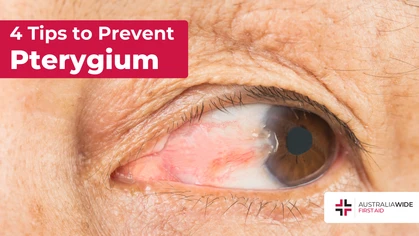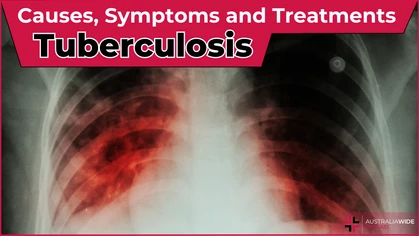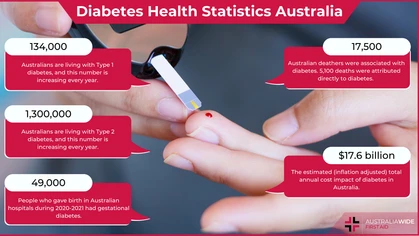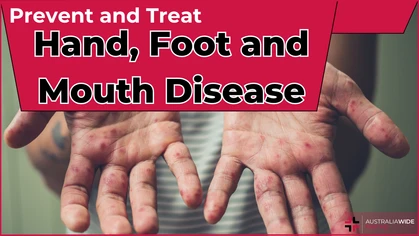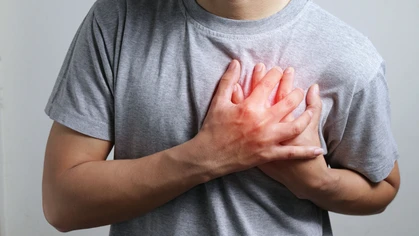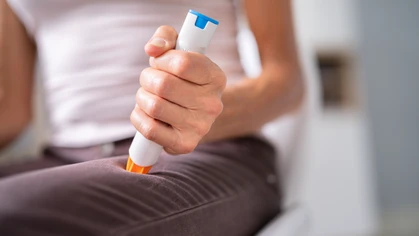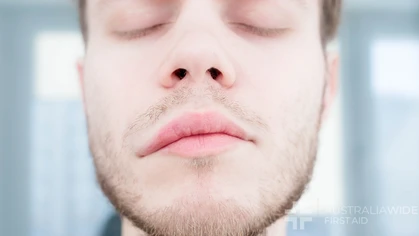Common Symptoms and Treatments for Sleep Apnoea

Disease

There are three types of sleep apnoea. Anyone can get sleep apnoea, but certain contributing factors increase the chances of someone developing this sleep disorder.
Sleep apnoea is a sleep disorder ranging from mild to severe in which breathing repeatedly stops and starts during sleep. There are three types of sleep apnoea:- Obstructive sleep apnoea
- Central sleep apnoea
- Complex sleep apnoea
What Is Sleep Apnoea?
Obstructive sleep apnoea is when a person’s throat is partially or entirely blocked while they are asleep. This blockage causes them to stop breathing for between a few seconds and a couple of minutes. The person is usually unaware that this is going on. These episodes, known as apnoeas, can happen many times a night. Central sleep apnoea is when a person’s breathing stops while asleep, and there is a pause before breathing begins again. Unlike obstructive sleep apnoea, the airway isn’t necessarily blocked, and there is just a pause in breathing efforts. This is caused by a disruption to the brain mechanisms that control breathing patterns. According to the Victorian Department of Health, about 5% of Australians have some form of sleep apnoea, including around 1 in 4 men over the age of 30. In the over 30 age group, this sleep disorder is about three times more common in men than women. Anyone can get sleep apnoea, but certain contributing factors increase the chances of someone developing this sleep disorder.What Can Cause Sleep Apnoea?
A range of factors could cause someone to be more prone to sleep apnoea, particularly obstructive sleep apnoea. The common contributing factors to sleep apnoea are:- Being middle-aged or older
- Being overweight or obese
- Alcohol in the system
- Certain illnesses, e.g. hypothyroidism
- Large tonsils and adenoids
- Certain medications, e.g. sleeping tablets
- Nasal congestion and obstruction
- Facial bone shape and muscle sizes
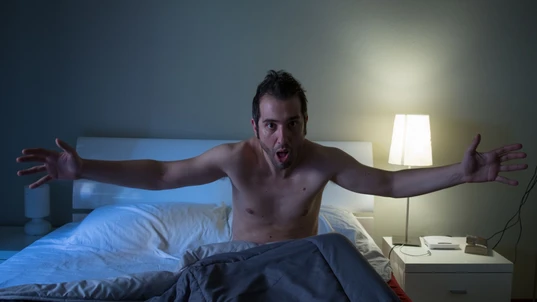
Common symptoms of sleep apnoea include snoring, tossing and turning, waking up gasping, and feeling unrefreshed after sleeping. If left untreated, these symptoms can lead to daytime fatigue, headaches, poor concentration, and mood changes.
How Do I Know If I Have Sleep Apnoea?
It’s always best to seek professional medical advice. However, some common symptoms that might indicate that you have a form of sleep apnoea, such as:- Snoring
- Tossing and turning
- Waking up gasping or choking
- Tiredness and feeling unrefreshed after sleeping
- Pauses in breathing while sleeping
How to Treat Sleep Apnoea
Fortunately, there are many treatments available for sleep apnoea. It is highly treatable and usually includes specific lifestyle changes alongside an assistance device to use while sleeping. For people with mild sleep apnoea or only a few symptoms, some lifestyle changes can help treat this sleep disorder. For example:- Losing weight
- Decreasing alcohol consumption in the evening
- Adjusting sleeping positions
- Nasal continuous positive airway pressure (CPAP)
- Oral appliances
- Dental services or surgery
- Medication
- Positive airway therapies, e.g. CPAP
- Oxygen therapy
What Are the Complications From Sleep Apnoea?
Untreated sleep apnoea has a negative impact on your overall physical and mental health. Apart from causing fatigue and concentration difficulties, it may lead to other health problems such as high blood pressure, heart attack, stroke and diabetes. If you’re suffering from sleep apnoea, you might notice some of the following issues:- Daytime fatigue and sleepiness
- Dry mouth and headaches upon waking
- Poor concentration, memory and reaction times
- Irritability and mood changes
- Depression and anxiety
- Impotence and reduced sex drive
- Frequently going to the toilet during sleep
What Do I Do If Someone Stops Breathing?
In some more severe cases, there is potential for the person to stop breathing for a more extended amount of time. If you are with someone who has stopped breathing, you should follow the DRSABCD action plan for first aid situations. If you live with someone suffering from sleep apnoea, or another illness with the potential for the person to stop breathing, you should learn CPR in an accredited training program.
Originally published at
https://www.australiawidefirstaid.com.au/resources/sleep-apnoea
as part of the Australia Wide First Aid Articles Library
